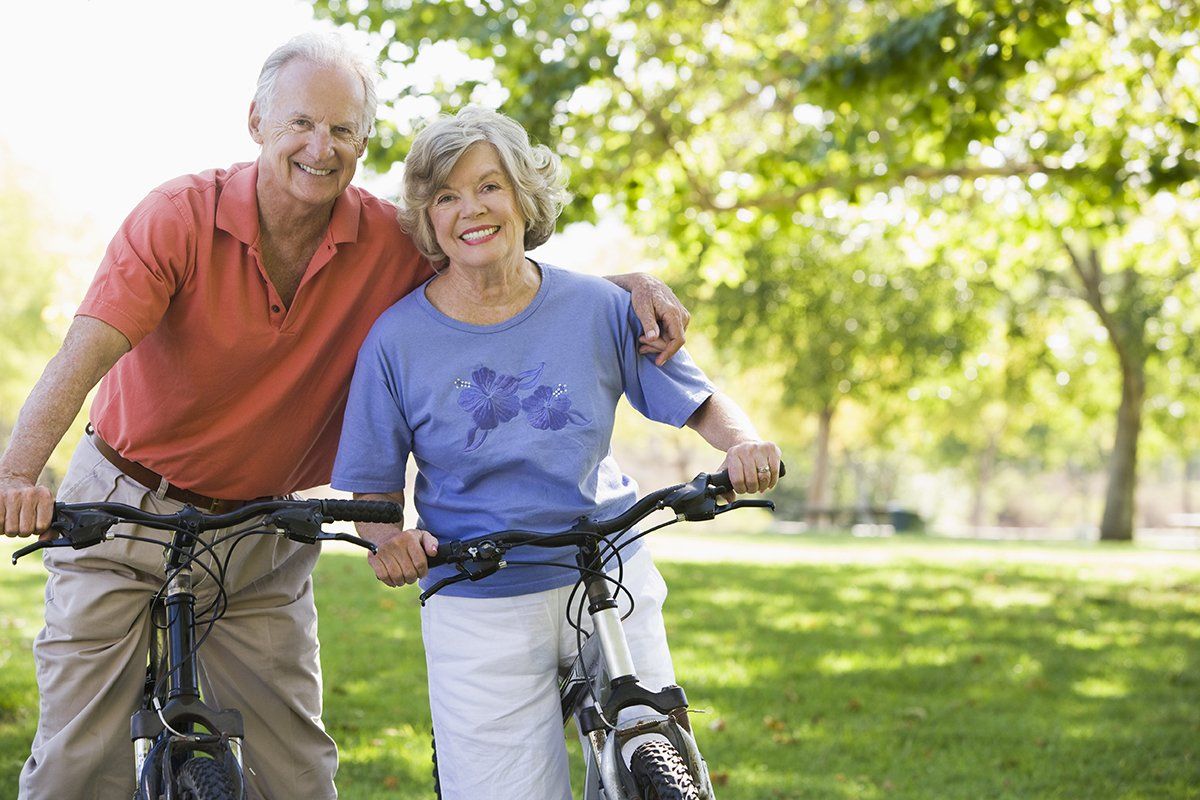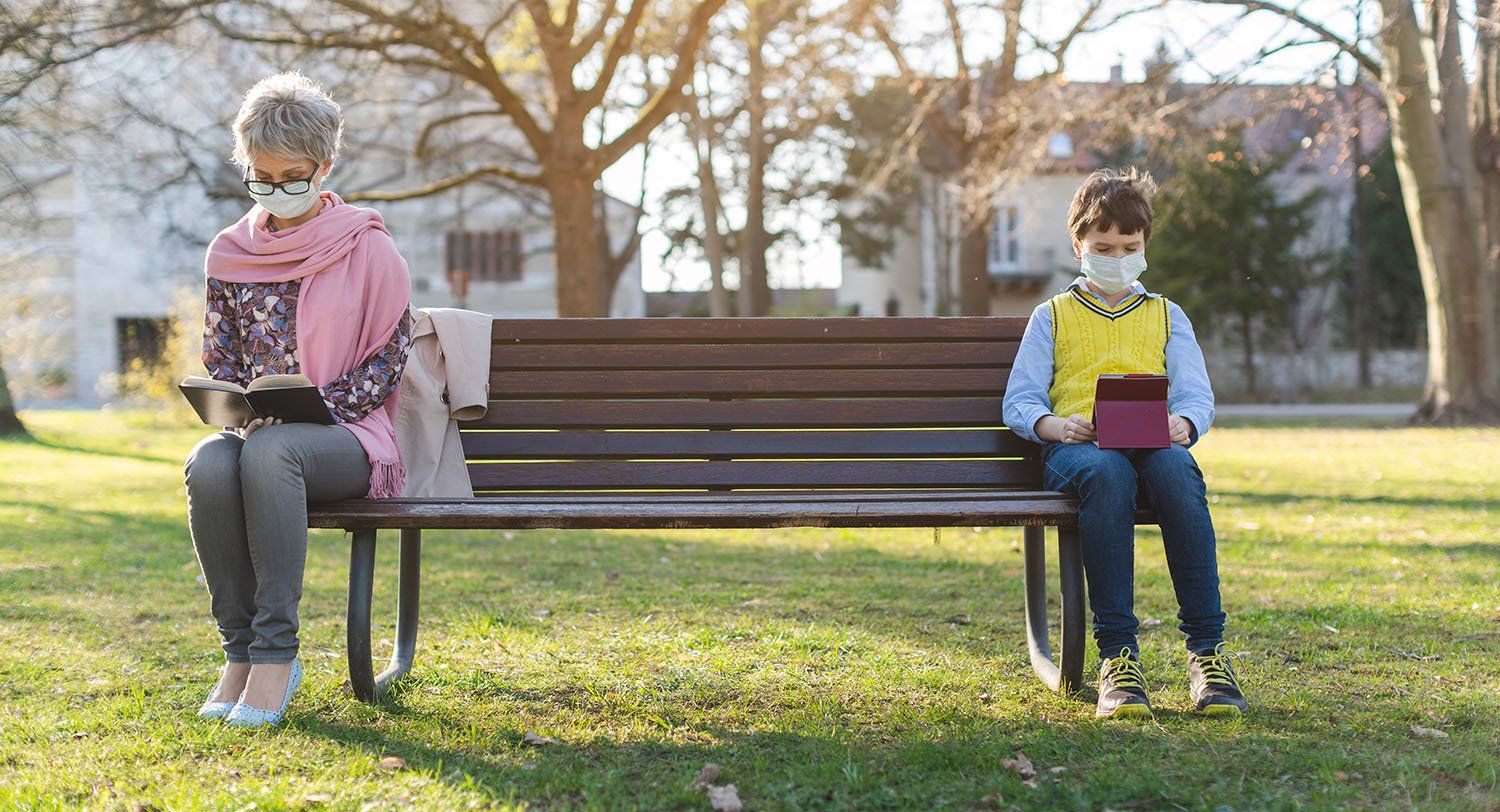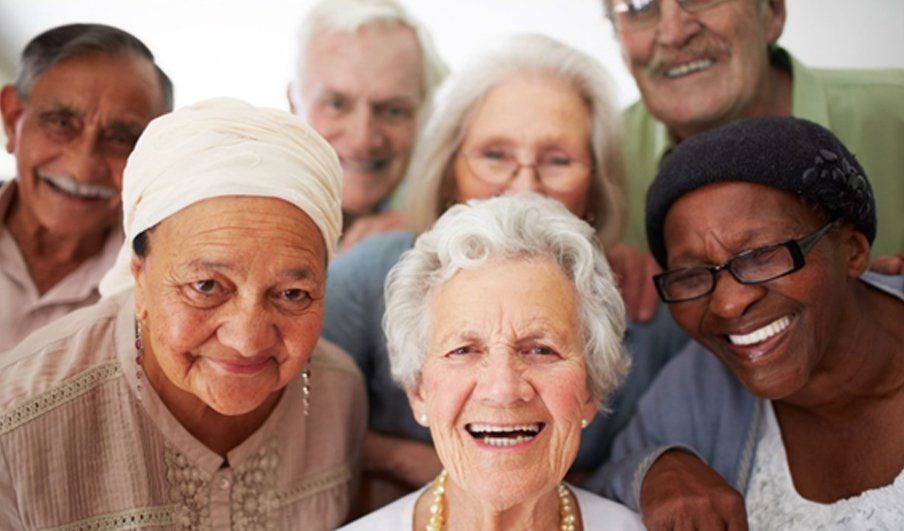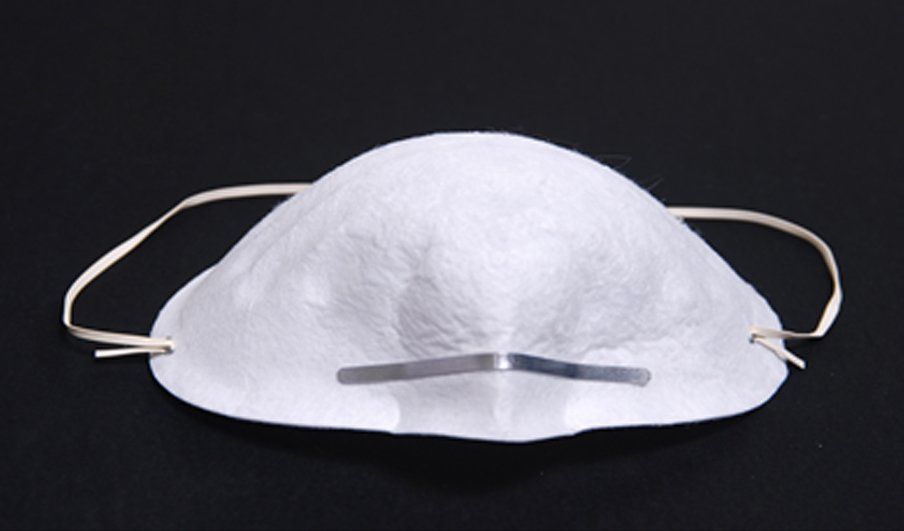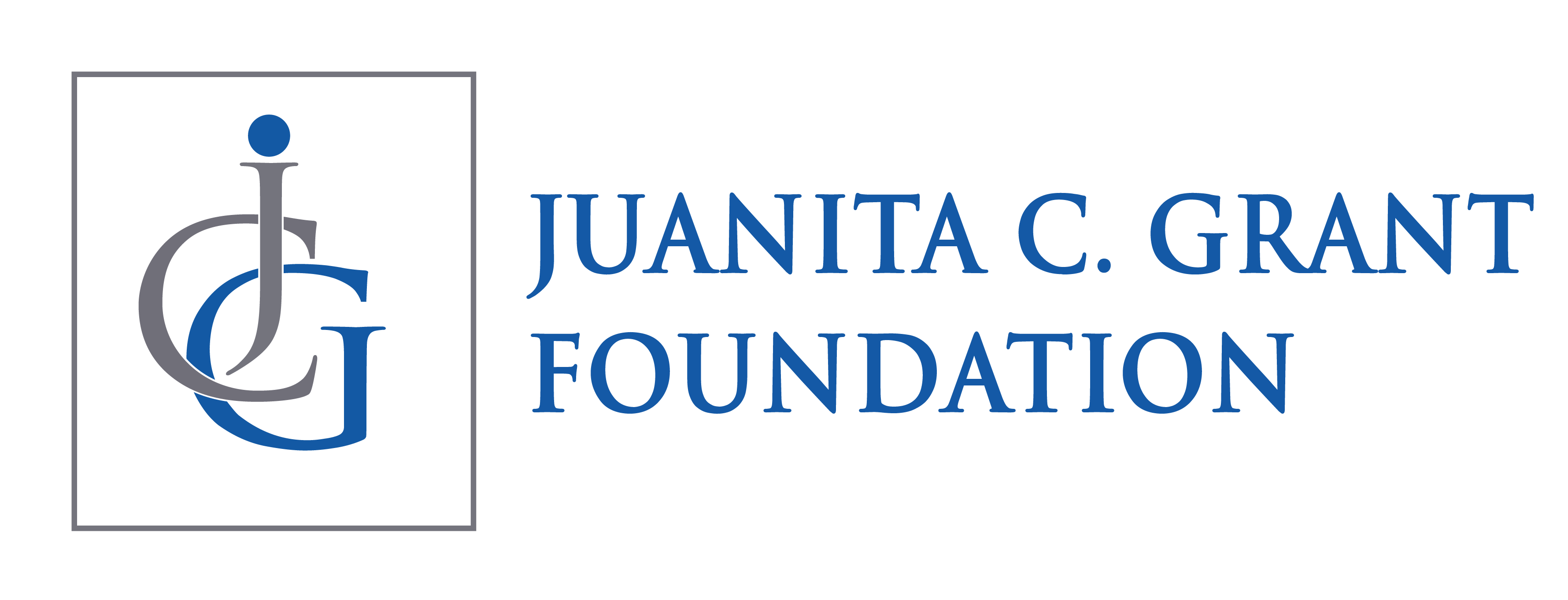It’s Physical Distancing, not Social Distancing!
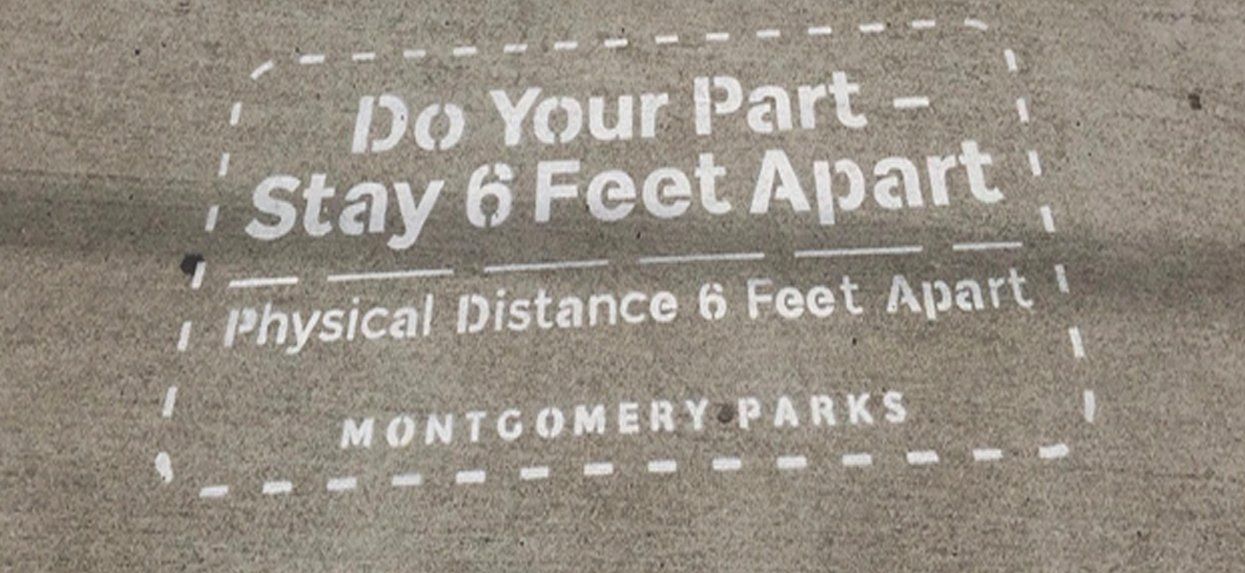
Older adults and people who have severe underlying medical conditions like heart or lung disease or diabetes seem to be at higher risk for developing more serious complications from COVID-19.
On the website of the Centers for Disease Control and Prevention (CDC) it is referred to as “social distancing.” I was never comfortable with that phrase because of the pictures it brings to the mind’s eye about isolation and especially about older adults in isolation.
There is a difference between being alone and being isolated or lonely. Google the words cigarettes and isolation together and you will see stated many times that loneliness and social isolation can be as damaging to one’s health as smoking 15 cigarettes a day. This statement has been out for five years B.C. (before COVID).
With the onset of COVID-19 and older adults being a target demographic to become ill from it, the focus on isolation has become amplified.
It is important to have solutions that help each of us with social isolation while we continue to physically distance from others. And you know what? This also means each of us should commit to taking affirmative steps to help ourselves and others in a post-COVID world as well. AARP provides recommendations to help mitigate the harmful effects of isolation.
Some of them are to:
- Connect with family, friends or loved ones. Make the effort to do it, even if you must push yourself. Just a few minutes will go a long way.
- Take breaks from watching, reading, or listening to news stories, including social media.
- Care for living things like pets or plants
- Take care of your body: walking inside or out, light stretching, eat as healthy as possible.
- Listen to music, find activities that bring joy.
- Find ways to laugh.
Visit the AARP Foundation’s Connect to Affect to find access to other resources and to learn more about social isolation.
Must Read Newsletter
Sign up for news and events
Newsletter
Most Popular
